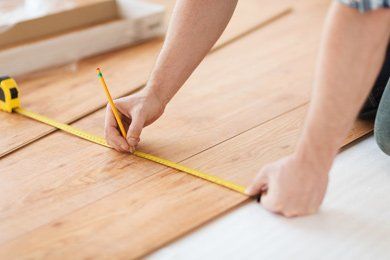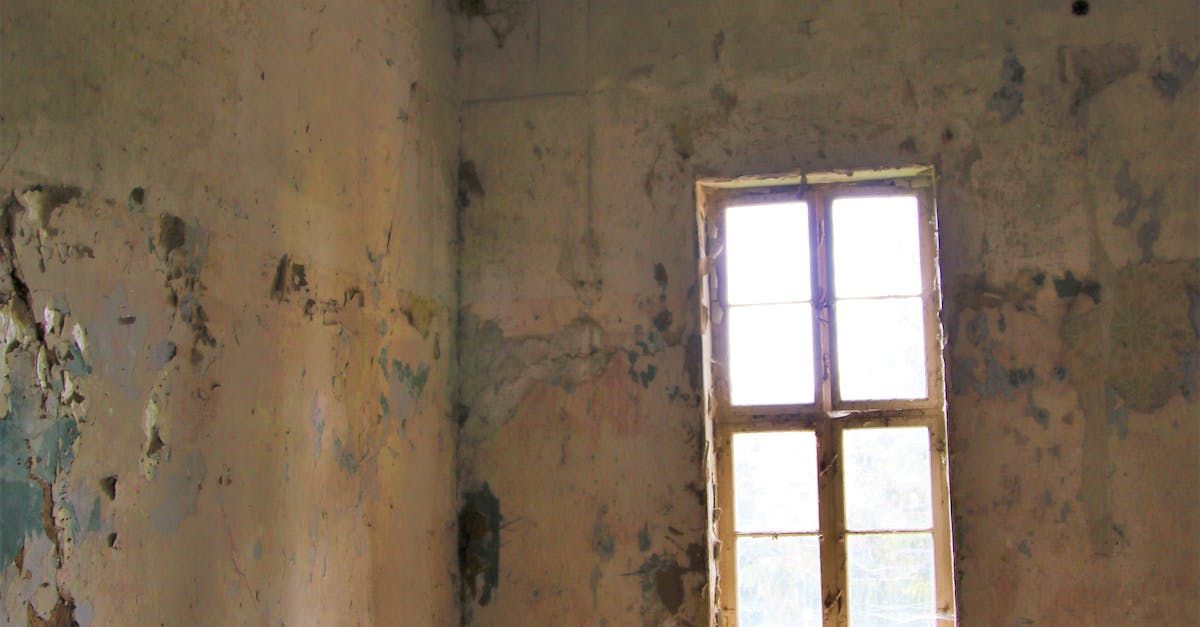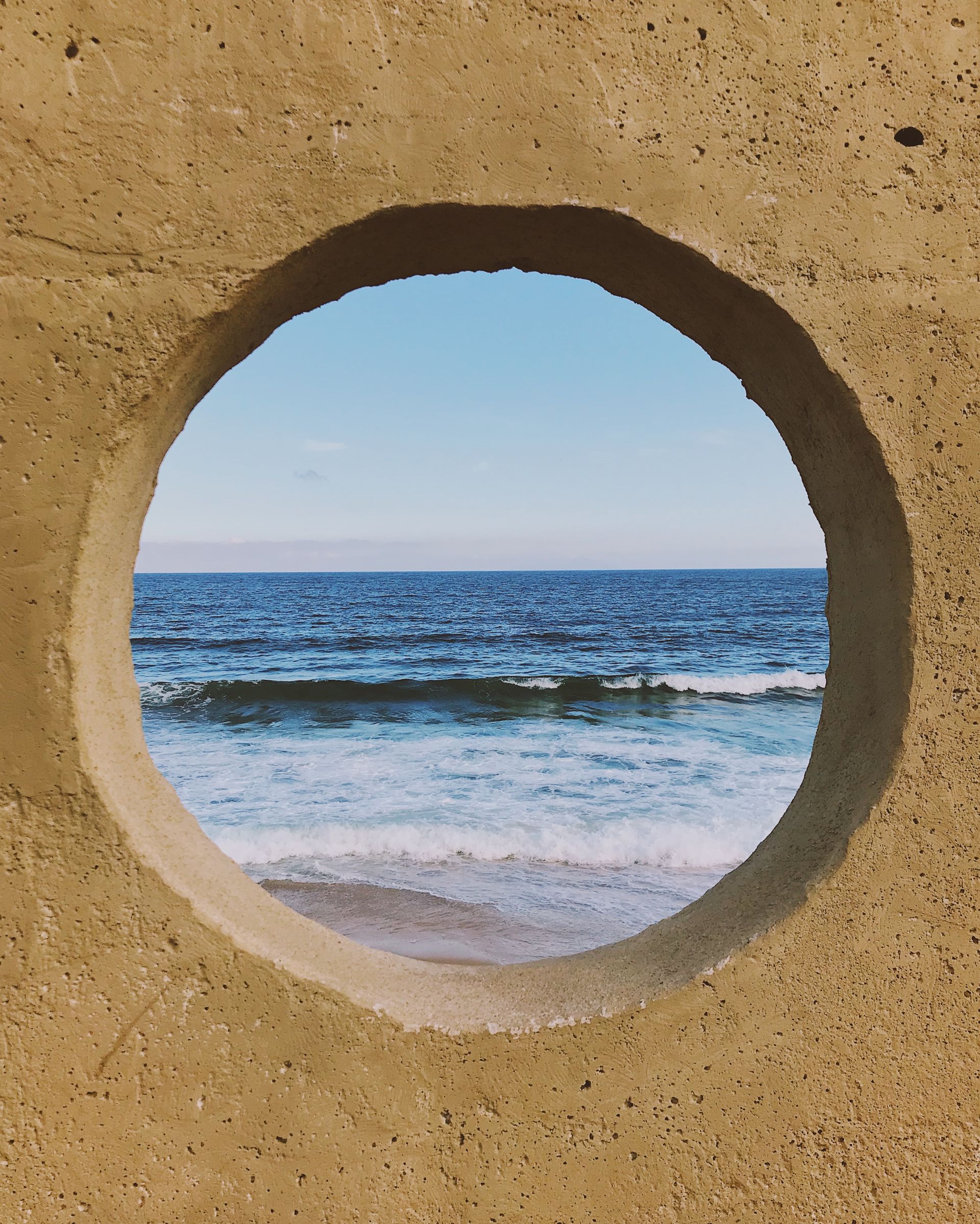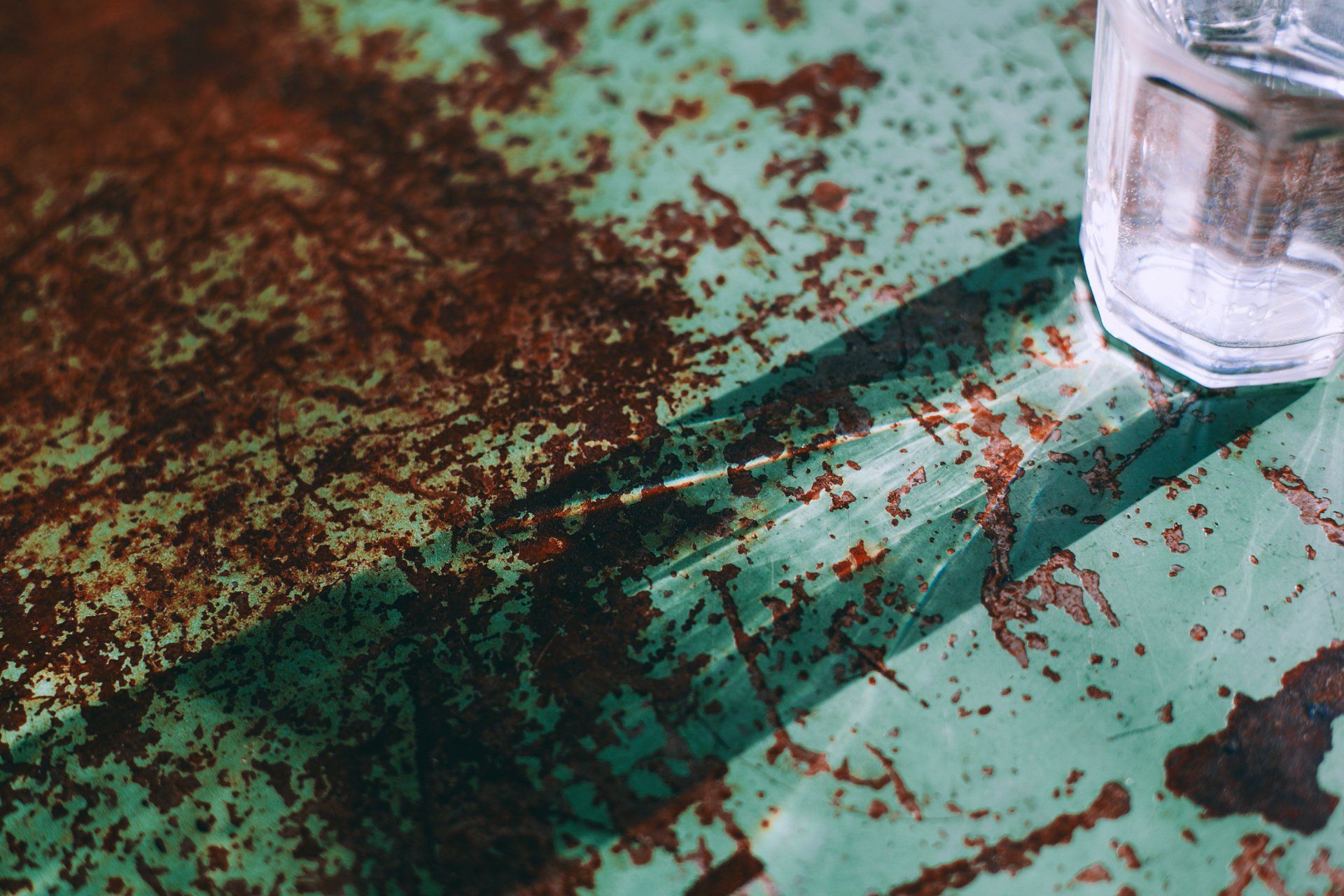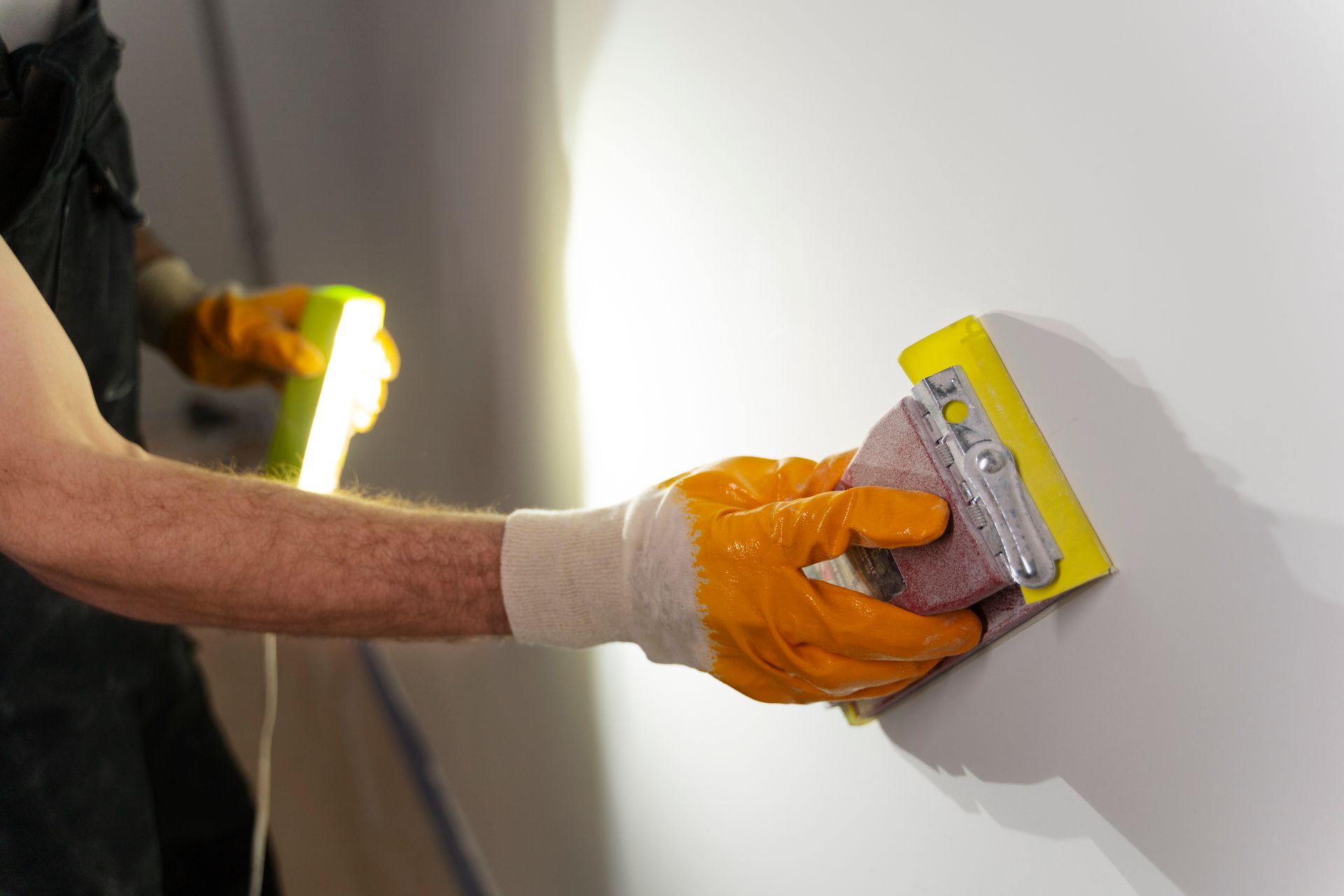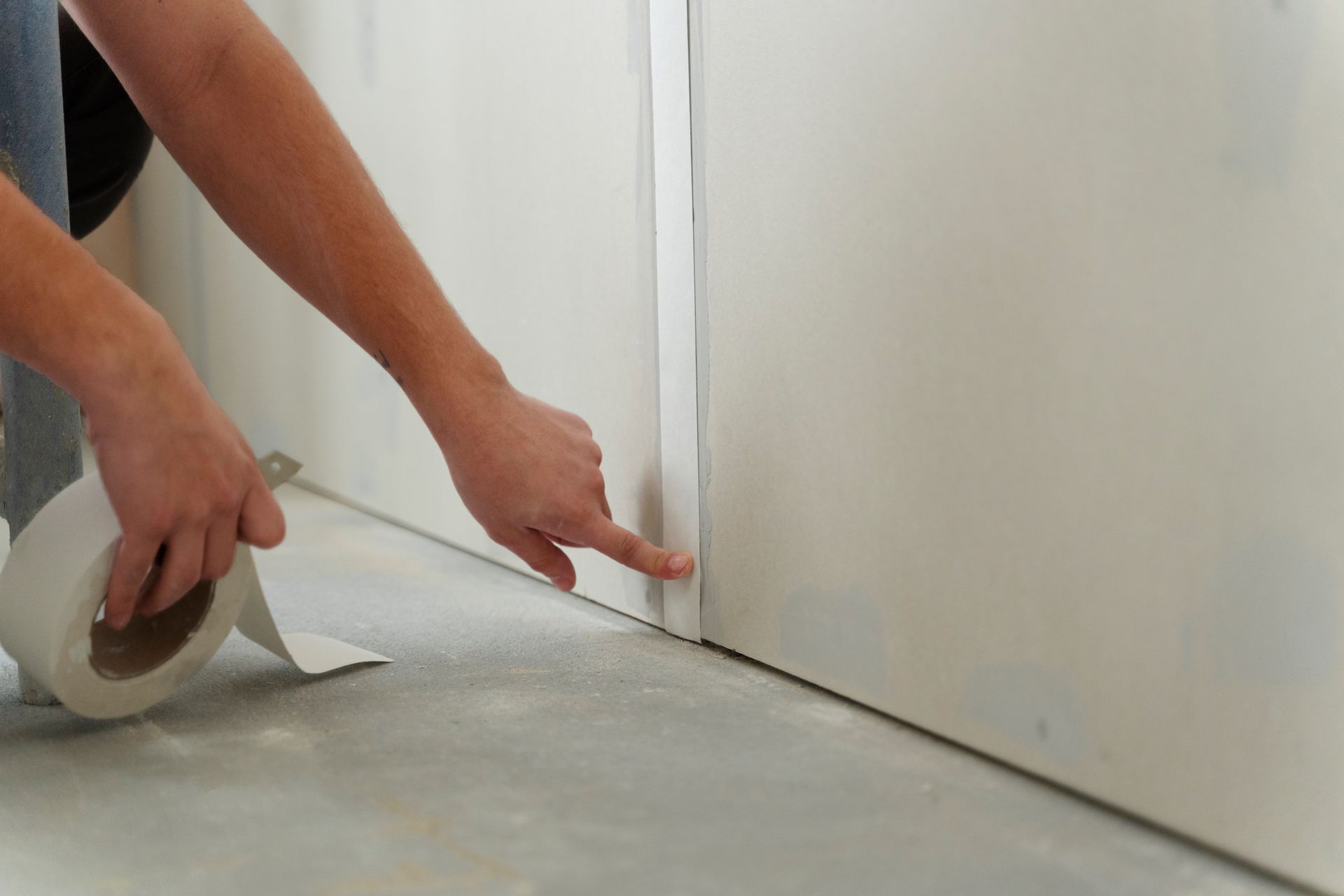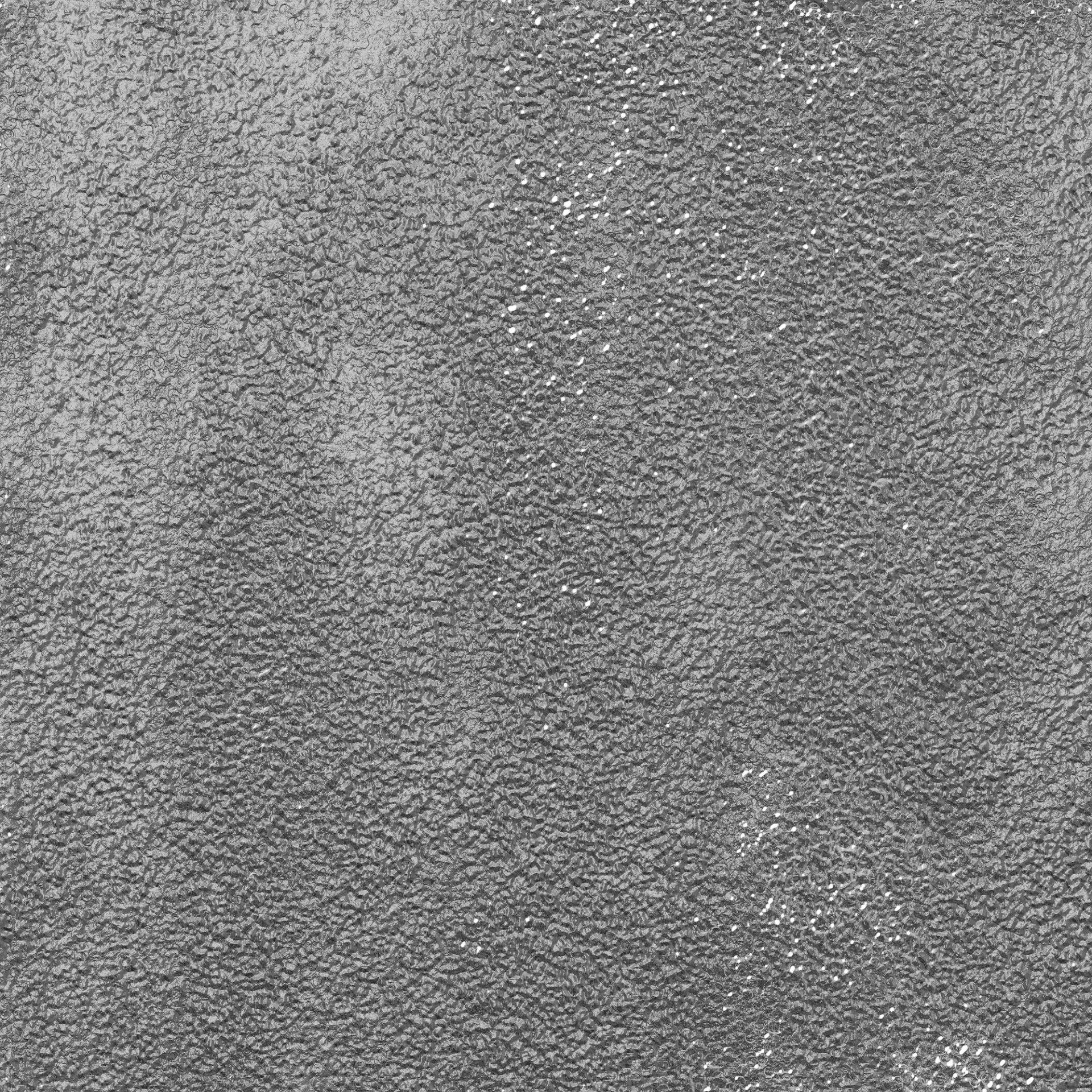Dealing with the Drip
A Comprehensive Guide to Ceiling Water Damage
Drywall water damage can be a distressing issue for homeowners, but fortunately, there are skilled drywall water damage repair contractors who specialize in addressing such concerns. When faced with drywall water damage, it's essential to act swiftly to prevent further deterioration and minimize the drywall water damage repair cost. The cost to repair drywall water damage can vary depending on the extent of the damage and the location of the affected area.
However, enlisting the expertise of professional drywall water damage repair contractors ensures that the problem is resolved efficiently and effectively, preserving the integrity and aesthetics of your space. Whether it's a small patch or a larger repair project, investing in drywall water damage repair is a wise decision to maintain the beauty and structural integrity of your home
Ceiling water damage is a homeowner's nightmare that can strike at any time, often when you least expect it. Whether it's a persistent drip, a sudden gush, or a slowly spreading stain, water damage to your ceiling can be a cause of stress, frustration, and financial burden. However, with the right knowledge and prompt action, you can effectively deal with ceiling water damage and prevent further issues. In this comprehensive guide, we'll explore the causes, signs, prevention, and repair of ceiling water damage.
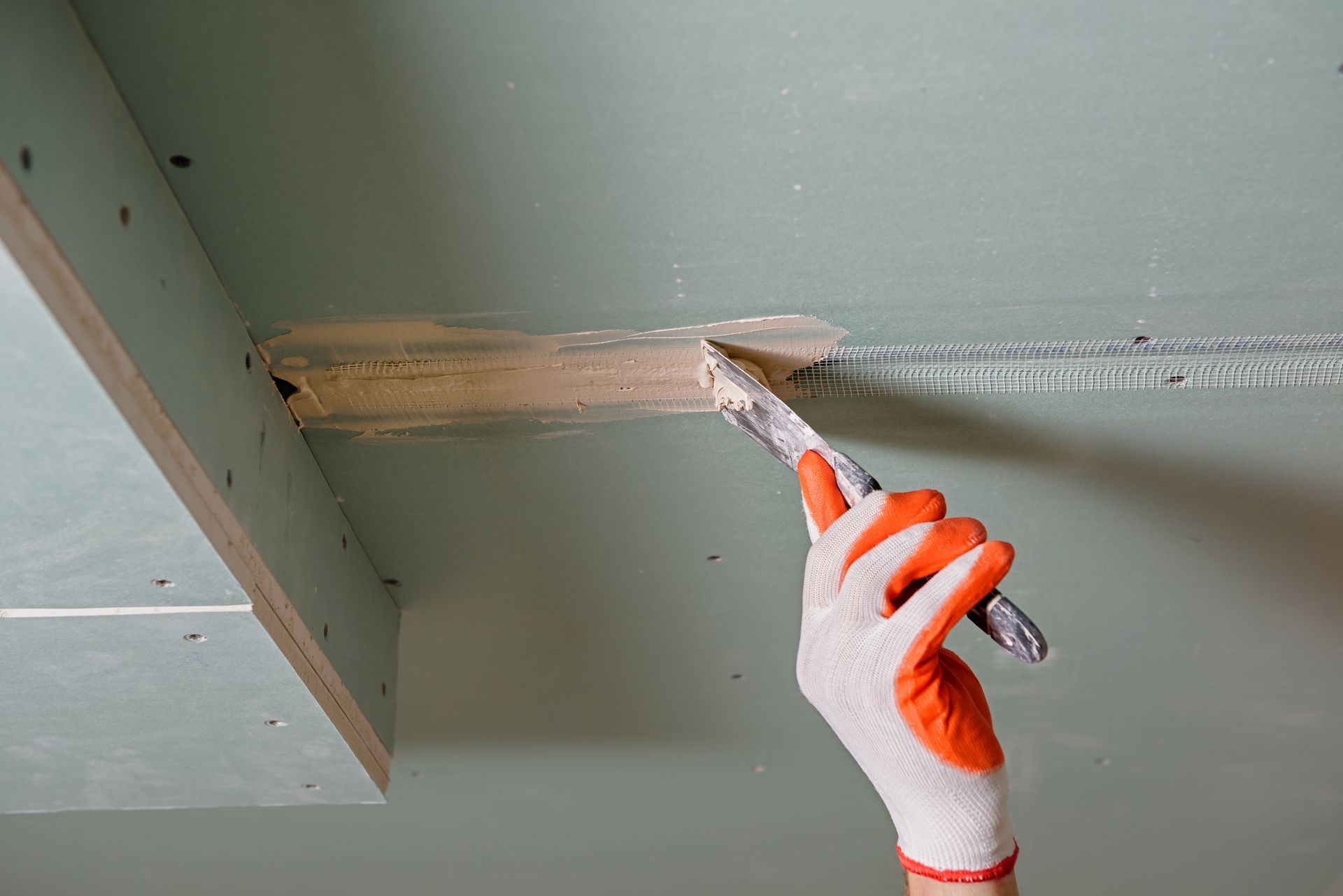
Causes of Ceiling Water Damage
- Roof Leaks: One of the most common causes of ceiling water damage is a leaking roof. Damaged shingles, cracked flashing, or improper installation can allow rainwater to seep into your attic and eventually find its way to your ceiling.
- Plumbing Issues: Burst pipes, faulty connections, or leaking fixtures in your plumbing system can release water into your ceiling, causing damage over time.
- Condensation: In high-humidity environments, condensation can accumulate on your ceiling. Over time, this moisture can lead to water stains and even structural damage.
- Bathroom Leaks: Water leaks from showers, bathtubs, or toilets in the upper levels of your home can permeate the ceiling below, causing visible water damage.
Signs of Ceiling Water Damage
- Water Stains: Yellow or brownish stains on your ceiling are telltale signs of water damage. These stains may grow larger over time.
- Sagging or Bulging: A waterlogged ceiling may start to sag or bulge due to the weight of the trapped moisture.
- Peeling Paint or Wallpaper: Moisture can cause the paint or wallpaper on your ceiling to peel or bubble.
- Drips or Puddles: In more severe cases, you might notice dripping water or puddles on the floor below the affected ceiling.
Preventing Ceiling Water Damage
- Regular Roof Inspections: Ensure your roof is in good condition by scheduling regular inspections. Address any issues promptly to prevent leaks.
- Proper Plumbing Maintenance: Regularly inspect your plumbing system for leaks and fix any problems immediately.
- Proper Ventilation: Maintain proper ventilation in your home to reduce humidity levels and minimize condensation.
- Seal Bathroom Fixtures: Ensure that fixtures in your bathroom are properly sealed to prevent leaks.
- Install a Leak Detector: Consider installing a water leak detection system that can alert you to any plumbing or ceiling leaks.
Repairing Ceiling Water Damage
- Identify the Source: Before making repairs, identify and address the source of the water damage to prevent future issues.
- Safety First: Ensure the area is safe to work in and turn off electricity to avoid electrical hazards.
- Remove Damaged Material: Cut away damaged drywall or plaster, and remove any insulation that has been affected by water.
- Dry the Area: Use fans, dehumidifiers, or open windows to thoroughly dry the affected area.
- Repair and Repaint: Once the area is dry, repair and repaint the ceiling, ensuring it matches the existing decor.
- Address the Cause: Finally, address the root cause of the water damage, whether it's a leaky roof, plumbing issue, or poor ventilation.
Conclusion
Ceiling water damage can be a headache, but with prompt action and preventive measures, you can mitigate the damage and prevent future issues. Regular maintenance, swift repairs, and a vigilant eye for signs of damage are your best allies in safeguarding your home from the potential consequences of ceiling water damage. Remember that safety should always be your top priority when dealing with water damage, and when in doubt, consult a professional to ensure thorough and effective repairs.
If you find this article interesting and want to learn more about our services related to
drywall tape & bed, drywall contractor, drywall repair or drywall texture, visit
our services or blogs page. Check out one of our article on
the art of drywall tape and bed.
Ready to work with Dallas Drywall Solutions?
Let's connect! We’re here to help.
Send us a message and we’ll be in touch.
Or give us a call today at 972-362-9799

